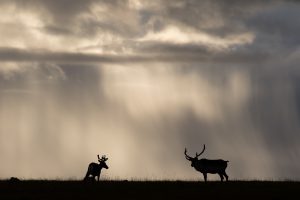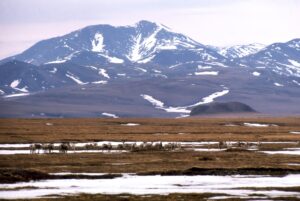A group of killer whales have been spotted hunting large prey 300 kilometres off the coast of California and Oregon — and scientists think they might be a new subpopulation. According to a study conducted by researchers from the University of British Columbia, the 49-orca-strong pod were seen hunting leatherback turtles, elephant seals, dolphins, and sperm whales.
This group of transient killer whales, temporarily called oceanics, have been observed in nine encounters from 1997 to 2021. Their unique hunting habits and habitats set them apart.
“They’re still killer whales…that have just spent more time in the open ocean that we just haven’t seen before,” Andrew Trites, a professor at UBC’s Institute for the Oceans and Fisheries, and a co-author of the study, told CBC News.
Transient killer whales exclusively hunt marine mammals like seals, sea lions and other whales. Their diet keeps them closer to coastlines, where food is easier to find. Oceanics, however, were observed mostly in the cold open ocean. Due to the lack of abundant prey in these open waters, the orcas likely hunt whatever they encounter.
Further research, including DNA analysis and continued sightings is necessary to fully understand the genetic and ecological uniqueness of this population.
Surgin’ sturgeon








